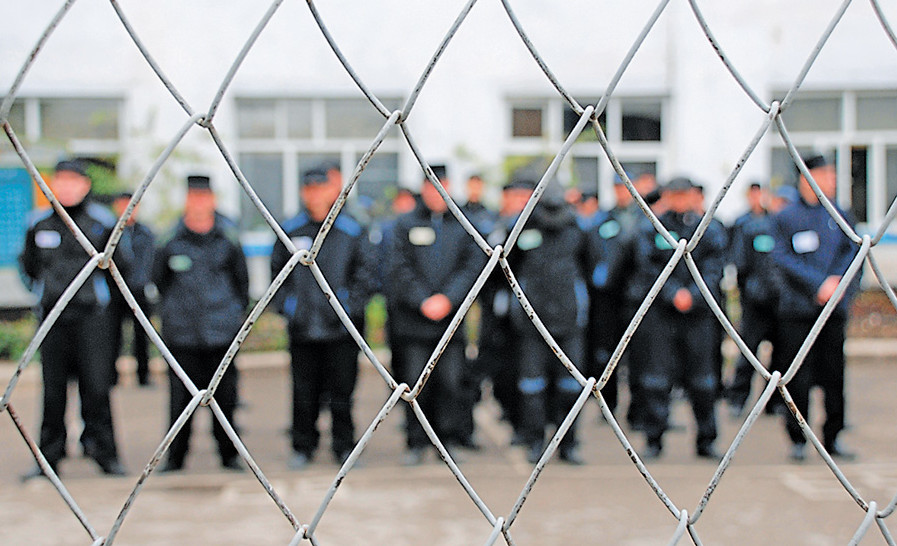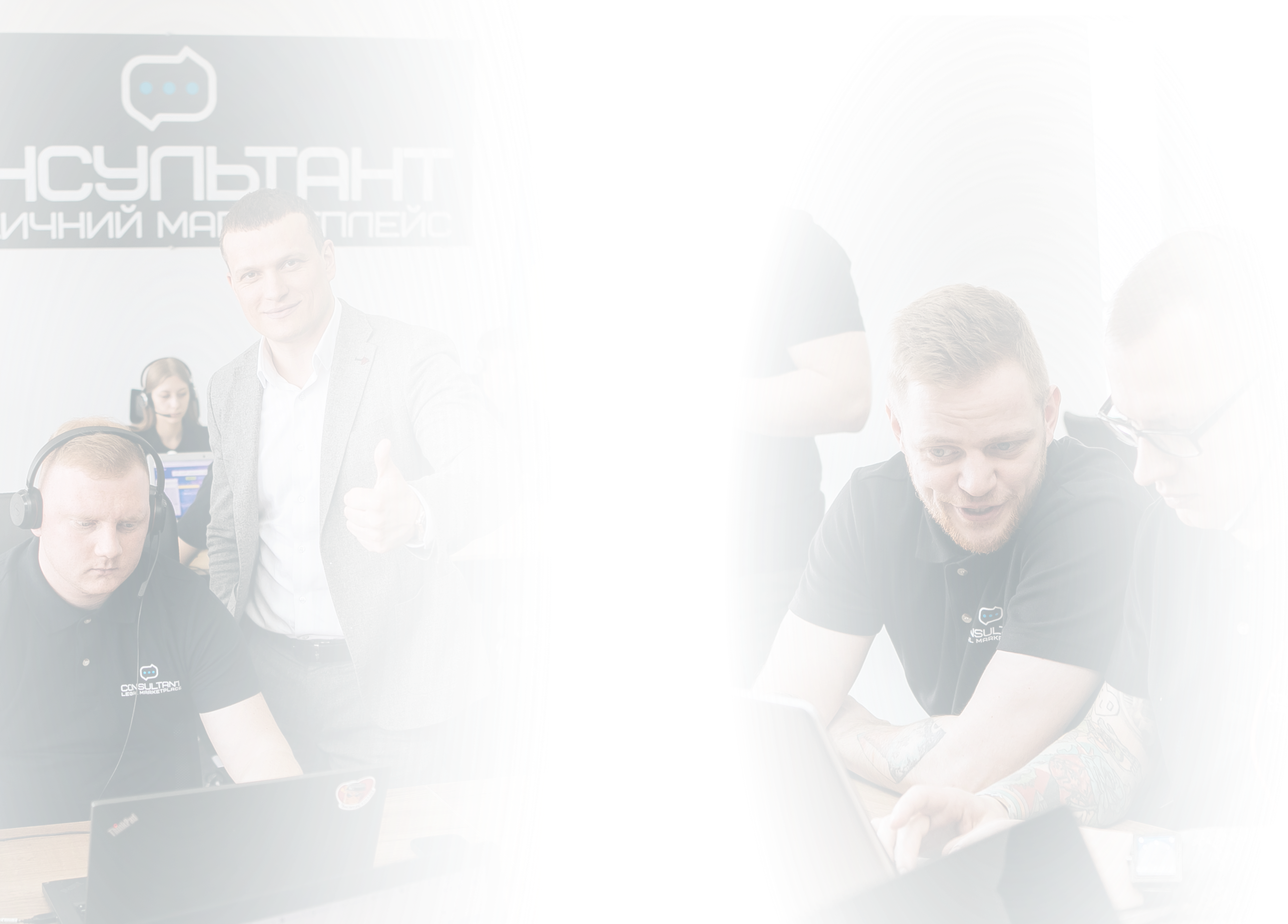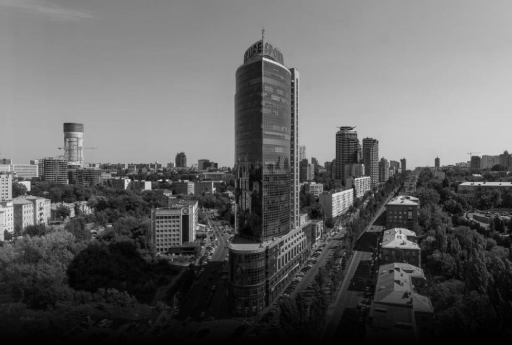Lawyer, graduated from the National University "Odesa Law Academy" with honors. Since 2017, I have been specializing in legal and educational and general legal issues. I am the author of legal articles, scientific publications and articles in the educational environment. Mentor of the "Veritas" legal clinic. The owner of the legal blog "Educational_law_ua" on Instagram.
Involving convicts in labor is an important aspect of the penitentiary system, which has its legal, social, and economic peculiarities. This activity is regulated by national legislation and international legal norms, including conventions of the International Labour Organization (ILO) and the European Penitentiary Rules. Let's consider the main aspects and peculiarities of this process.
Legislative Framework
In Ukraine, the involvement of convicts in labor is regulated by the Criminal Executive Code of Ukraine (CECU). According to Article 118 of the CECU, convicts sentenced to imprisonment are obliged to work on paid jobs determined by the administration of the correctional institution. At the same time, the labor of convicts must comply with labor protection and safety standards, as well as take into account the physical capabilities and health status of the convicts.
International standards require that convict labor not be forced. In particular, Article 4 of the European Convention on Human Rights prohibits forced or compulsory labor, except for labor performed under lawful detention or conditional early release conditions.
Purpose of Involving Convicts in Labor
The main objectives of involving convicts in labor are:
- Rehabilitation and Resocialization: Labor contributes to the social adaptation of convicts, helps develop professional skills and habits necessary for further integration into society after release.
- Economic Efficiency: Involving convicts in labor allows partially covering the costs of maintaining correctional facilities and ensuring a certain level of economic self-sufficiency for convicts.
- Meeting the Personal Needs of Convicts: Labor allows convicts to earn money that can be used to support families or for personal needs, which increases their motivation to work.
Working Conditions of Convicts
The working conditions of convicts must comply with generally accepted standards of labor protection. This includes ensuring safe working conditions, compliance with sanitary and hygiene norms, and preventing occupational injuries. The administration of correctional facilities is obliged to provide proper control over the working conditions of convicts.
Special attention is paid to the employment of convicted women, youth, and persons with disabilities. Special conditions are created for these categories of convicts, taking into account their physical and psychological characteristics.
Organization of Work
The organization of convict labor can be carried out both within correctional institutions and beyond their boundaries. Correctional institutions often have their own production facilities where convicts can work in various industries. These can include workshops, farms, factories involved in the production of goods or provision of services.
Involvement of convicts in labor outside correctional institutions is possible under the condition of supervision and control by the administration. This may include participation in construction, agricultural work, or work at enterprises that have concluded agreements with correctional institutions.
Remuneration of Labor
Remuneration for convict labor is an important aspect that affects their motivation and attitude towards work. According to the legislation, the wages of convicts are determined on general grounds, but with certain specifics. Part of the wages is used to cover the costs of maintaining correctional facilities, while the rest is credited to the personal account of the convict.
Legal Protection and Control
Convicts involved in labor have the right to protection of their labor rights. They can file complaints about working conditions, payment, or other issues to the administration of correctional facilities or higher authorities. In addition, the activities of correctional institutions are subject to control by state bodies and public organizations, which provides additional guarantees for the observance of the rights of convicts.
Social Adaptation and Resocialization
Involvement in labor is an important element of the process of resocialization of convicts. Labor helps convicts develop skills necessary for further employment after release, which reduces the risk of recidivism. Also, work contributes to the restoration of social ties and a positive attitude towards work in society.
Conclusion
The legal analysis of the situation and the analysis of documents determines that the involvement of convicts in labor is a complex but necessary process that has a multifaceted nature. Not only the economic efficiency of correctional institutions depends on the effective organization of work of convicts, but also the success of the process of resocialization and integration of convicts into society after release. This lawyer's consultation, written consultation determines that legal regulation, the creation of safe working conditions, the provision of decent pay and the protection of the labor rights of convicts are key elements for the successful implementation of this process.

































